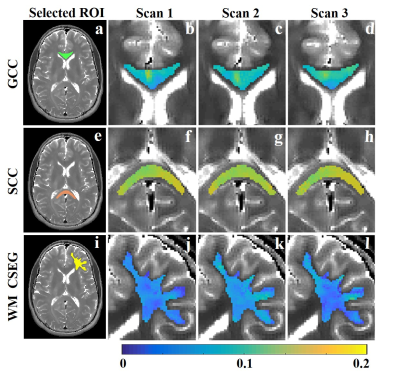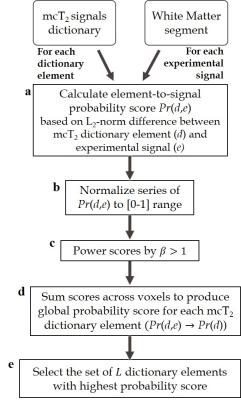Noam Omer1, Neta Stern1, Tamar Blumenfeld-Katzir1, Meirav Galun2, and Noam Ben-Eliezer1,3,4,5,6
1Department of Biomedical Engineering, Tel-Aviv University, Tel-Aviv, Israel, 2Department of Computer Science and Applied Mathematics, Weitzman institute of science, Rehovot, Israel, 3Department of Orthopedics, Shamir Medical Center, Zerifin, Israel, 4Sackler Faculty of Medicine, Tel-Aviv University, Tel-Aviv, Israel, 5Sagol School of Neuroscience, Tel-Aviv University, Tel-Aviv, Israel, 6Center for Advanced Imaging Innovation and Research (CAI2R), New-York University Langone Medical Center, New York, NY, United States
1Department of Biomedical Engineering, Tel-Aviv University, Tel-Aviv, Israel, 2Department of Computer Science and Applied Mathematics, Weitzman institute of science, Rehovot, Israel, 3Department of Orthopedics, Shamir Medical Center, Zerifin, Israel, 4Sackler Faculty of Medicine, Tel-Aviv University, Tel-Aviv, Israel, 5Sagol School of Neuroscience, Tel-Aviv University, Tel-Aviv, Israel, 6Center for Advanced Imaging Innovation and Research (CAI2R), New-York University Langone Medical Center, New York, NY, United States
A novel data-driven approach for
multicomponent analysis is introduced. This technique harnesses the statistical
power of identifying global anatomical features prior to analyzing each voxel locally, offering reproducible estimation of myelin content in vivo.

Figure 2. Repeatability test of the new mcT2
algorithm on in vivo brain data. Parametric maps of white matter
(WM) segments from 3 consecutive scans of the same subject using the suggested
algorithm. (a-d)
mask and myelin water fraction (MWF) maps of genu of corpus callosum (GCC).
(e-h) mask and MWF maps of splenium
of corpus
callosum (GCC). (i-k)
mask and MWF maps of the cortical WM segment (CSEG). MWF
maps are presented with the same color scale and on top of a T2 map presented in gray scale.

Figure 1. Flowchart describing how to
identify spatially global microscopic features for a given white matter (WM) segment. (a) A
correlation-based probability score is computed between WM segment data and dictionary elements. (b-c)
All scores are normalized and powered by β
to prioritize the signals according to their probability to be found within the
segment. (d)
Summation of all signals scores to assign a global score for each dictionary
element. (e)
Selection of a L elements with
the highest score.
